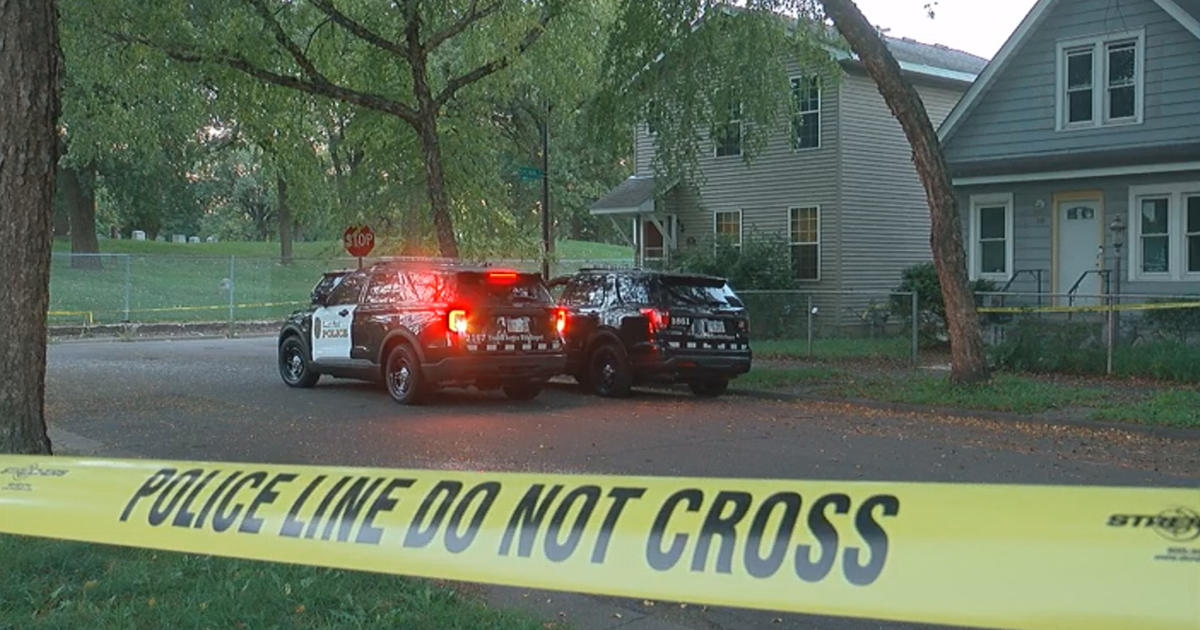How did emergency alert tech go beyond intended targets Tuesday?
RAMSEY COUNTY, Minn. -- An emergency shelter-in-place alert issued Tuesday was intended for a small area in Roseville, but emergency managers are still touting its use and effectiveness.
RELATED: Roseville homicide victim ID'd as Patricia Maslow, 88; died of sharp, blunt force injuries
WCCO's Jonah Kaplan gives us a behind the scenes look at the technology, and the rules behind the emergency message system.
The wireless emergency alert system, or WEA, is a very powerful tool. The rules come from the federal government.
There is room for interpretation and maybe that's OK, because a lot of this is a balancing act. You want checks and balances, but you don't want delays getting that critical message out.
You want to use the tool, but you don't want to use it too often and have people tune it out.
The process starts like most other emergencies: someone dials 911. Once dispatchers send police, or fire, or EMS, the incident commander then assesses the situation.
On Tuesday morning, the incident commander in Roseville called back to the 911 center in St. Paul, and asked emergency managers to send out an urgent shelter-in-place message to the surrounding area.
"You had an immediate life safety threat with someone who was on the loose and needed to be apprehended," Ramsey County Deputy Manager Scott Williams said.
The WEA is a federal program and partnership between FEMA, the FCC and cell phone companies like Verizon and AT&T. Generally, county dispatch supervisors have the keys and credentials to the software, but they have to follow certain protocols.
Local officials can only send WEAs for situations involving imminent threats to safety or life. That means AMBER alerts for missing children or weather alerts to help save lives and property.
The messages are limited to 360 characters, so just a little bit longer than a Twitter post. It must also include the type and time of alert. WEAs won't interrupt ongoing texts, calls or browsing, and there's no charge to receive the text.
The tech continues to improve but still has its limits, including pinpointing geographical locations.
"With these things there's always going to be a little overshoot because you're going to hit cell towers that are outside the zone but provide coverage inside that zone," Williams said.
Prior to Tuesday, the last time Ramsey County issued a WEA was a weather warning at the Minnesota State Fair.




